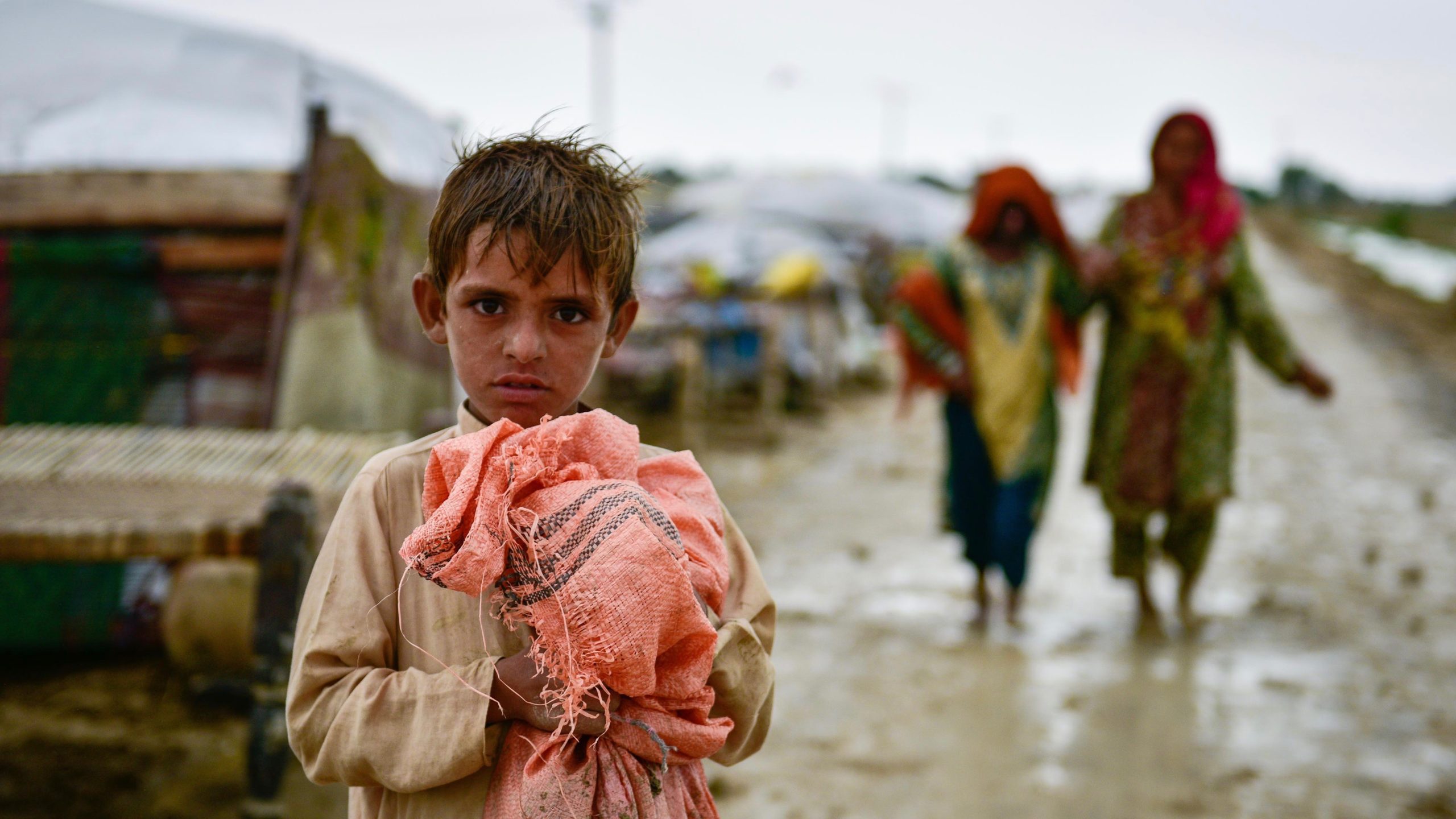Record-breaking monsoon rains in Pakistan this year have devastated the provinces of Balochistan, Khyber Pakhtunkhwa and Sindh, with over a million people affected. Tens of thousands have been displaced and over 650 people have died.
Monsoon rains starting from mid-June have broken the record of the last three decades. Pakistan has seen 133% more rainfall this year compared to the past 30-years average.
The last time Pakistan witnessed floods this bad or close was over a decade ago. The awareness was much more and the relief efforts much greater. Tv channels were doing live transmissions to raise funds. This time the state, media are miserably failing people.
— Tooba Syed (@Tooba_Sd) August 21, 2022
The southwestern Balochistan province, the largest and least developed province of Pakistan, is the worst affected. At least 200 people have died in a number of flood-related accidents in the province. Balochistan has seen a 289% increase in rainfall from a 30-year average of 55mm to 200mm this year. The worst-affected areas are Gwadar, Karan, Kech, Loralai, Nushki, Pishin, Washuk and Zhob. As per estimates, these areas are expected to face food insecurity between July and November this year.
#balochistan the largest province of our dear country is under heavy floods for more than 1.5 months. Over hundered's of dead, thousands of unsheltered and hunger prevails, we have the unbothered provinicial as well as the federal gov#balochistanfloods #flood2022 #balochistan pic.twitter.com/H5VZNux2nP
— Uroojmunir (@Uroojmunir3) August 20, 2022
In Sindh, more than 140 flood-related deaths have occurred. The average rainfall in the province touched 375 mm this year, compared to a 30-year average of 107 mm.
On August 13, the United Nations Office for the Coordination of Humanitarian Affairs (OCHA) stated in its situational report that over a million people have been affected by heavy rains and flash floods across Pakistan this monsoon season.
At least 100 schools have been destroyed. The Pakistan Food Security and Agriculture Working Group (FSAWG) estimates that over one million acres of standing crops have been damaged. Around 107,000 livestock, including around 29,000 large ruminants, have also been washed away, according to the National Disaster Management Authority (NDMA).
Gilgit-Baltistan is facing the brunt of climate change. Tens of thousands of people affected during this year by unusual, more intense and more frequent, floods, as roads properties and settlements are hit. Financial losses mount with each incident.
Video: Flood in #Ishkoman. pic.twitter.com/EU81xrSLQO— PAMIR TIMES ® (@pamirtimes) August 21, 2022
In addition to the damage caused by the heavy rains and flooding, thousands of people are grappling with water-borne diseases such as acute watery diarrhea, malaria, cholera and respiratory tract infections.





